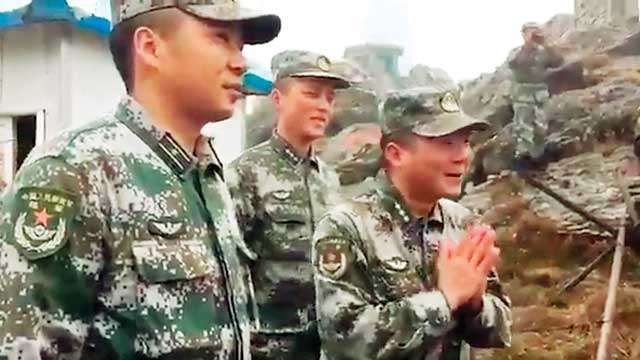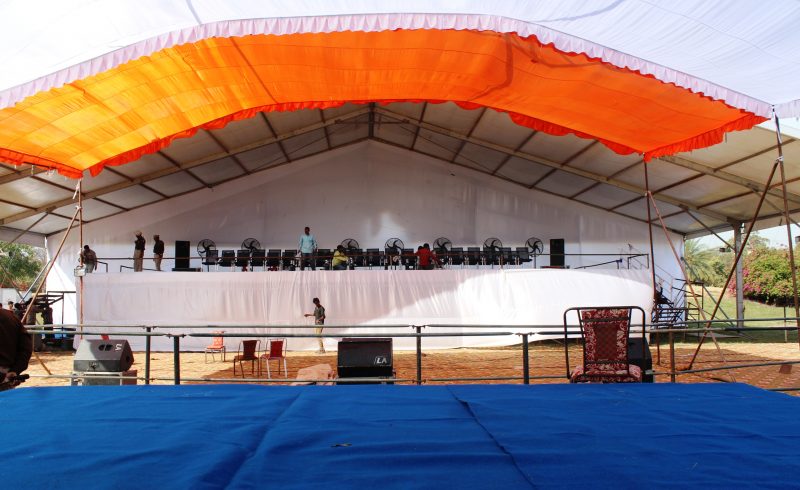Defence Minister Nirmala Sitharaman did her bit to douse the hostility on the India-China border after the long standoff between troops in Doklam. She surprised military officials on both sides as she swooped in at Nathu La in Sikkim on Saturday. Her maiden visit to the border post offered some warm moments as she greeted the People’s Liberation Army (PLA) personnel with a ‘Namaste’.
A video shared on her official twitter handle on Sunday shows the minister interacting with Chinese troops. As she was being introduced by an English speaking Chinese official, she said ‘Namaste.’
“Namaste, You know what namaste means?,” she can be heard asking.
“Nice to meet you,” one of them makes an attempt.
Then Sitharaman asks, “What would you say in Chinese?”
“Ni Hao,” the Chinese soldiers say, triggering laughter on both sides.
One of the Chinese soldiers can be seen introducing his commander to Sitharaman.
With folded hands, the Chinese troops respond with ‘Ni Hao’ and ‘Namaste’.
The defence minister’s visit to the China border comes after over two months of standoff.
On Saturday she also posted a photo of her waving to Chinese soldiers who were taking pictures. “Acknowledged a row of Chinese soldiers from across the fence who were taking pictures on my reaching Nathu La,” the tweet said.
The defence minister was earlier scheduled to visit Arunachal Pradesh, but cancelled the plan later, source said.
Sithraman has visited forward areas along the Line of Control in Jammu and Kashmir and the world’s highest battlefield, Siachen.
Her visit to Nathu La is particularly significant as it shares the border with Chumi Valley in Tibet, adjoining Doklam where the standoff took place.
Though the standoff was resolved more than a month ago, the increasing presence of Chinese troops close to the point of standoff is being closely monitored by India.
Earlier, on Thursday, Air Force Chief BS Dhanoa confirmed the existence of Chinese troops in the region.
There are also reports of road expansion activity in the nearby zones of Doklam, but sources in the security establishment said it did not affect India’s strategic interest as it was 10 km from the point of standoff.
The standoff that was resolved in August was triggered after Indian troops stopped the Chinese road construction in Doklam, a disputed region between China and Bhutan. It was felt that road connectivity would give them direct access to the Siliguri corridor, which would give China strategic advantage and hence had to be stopped.














